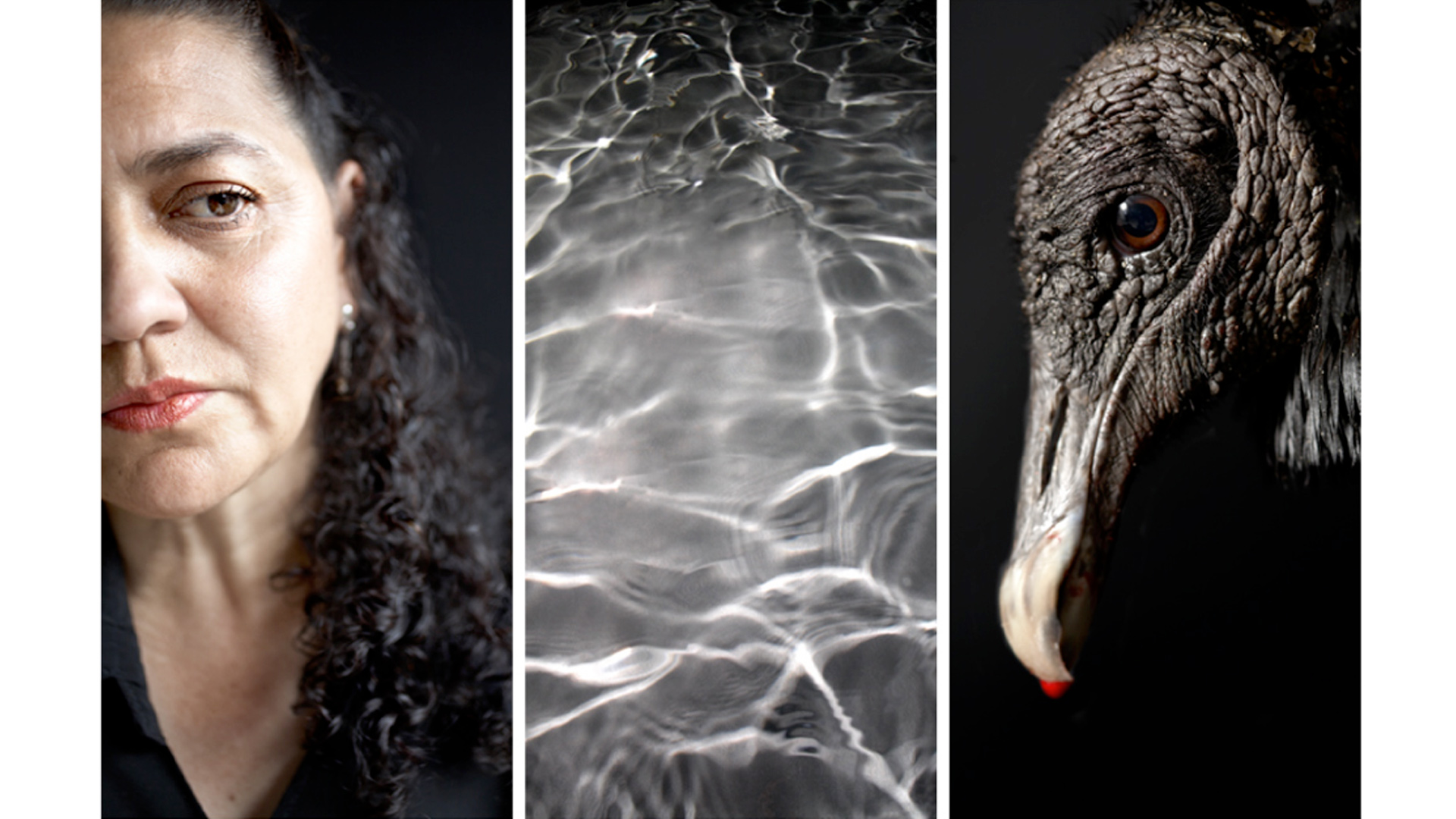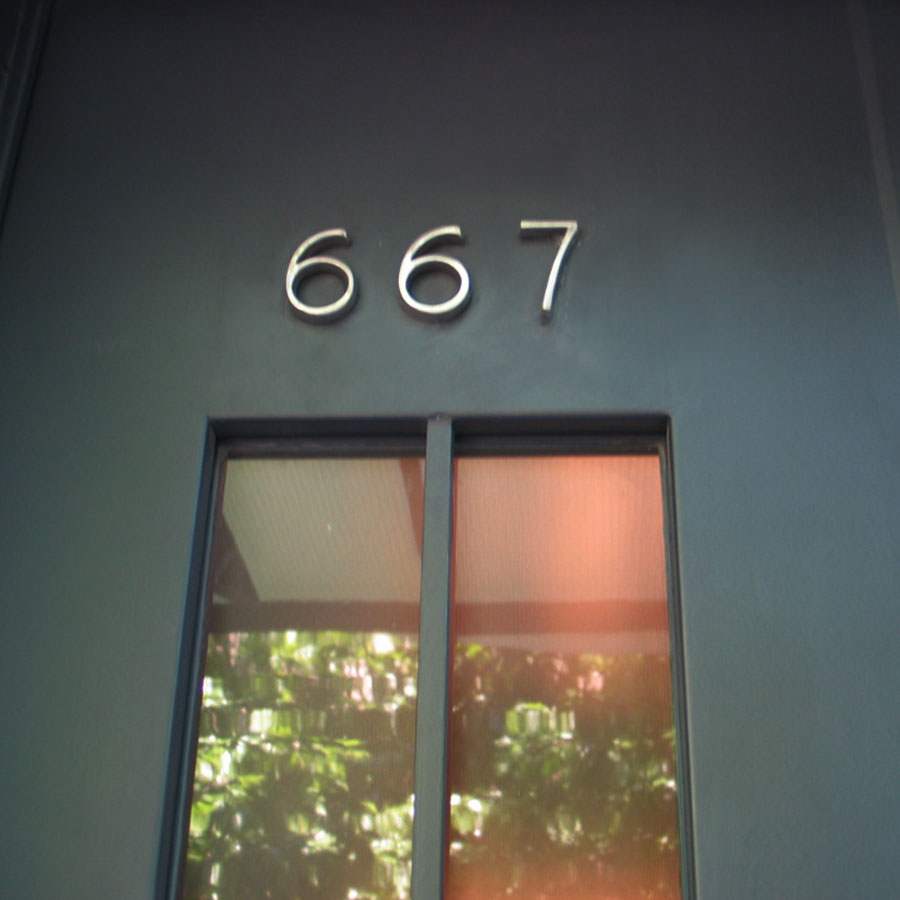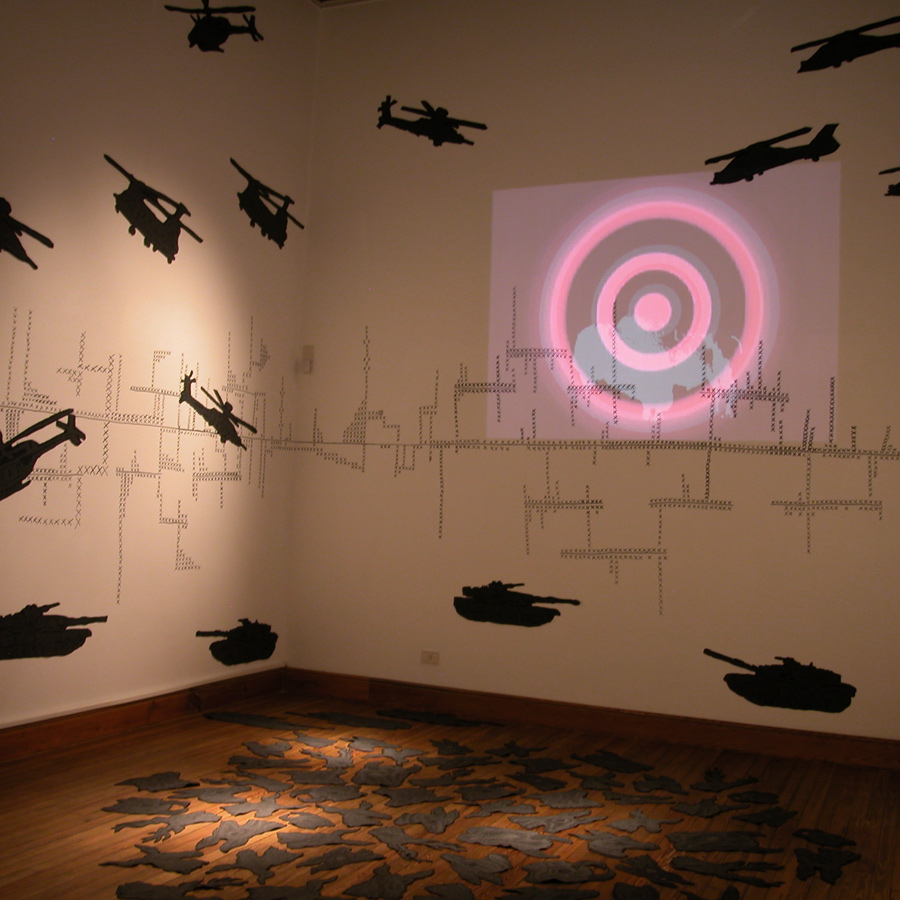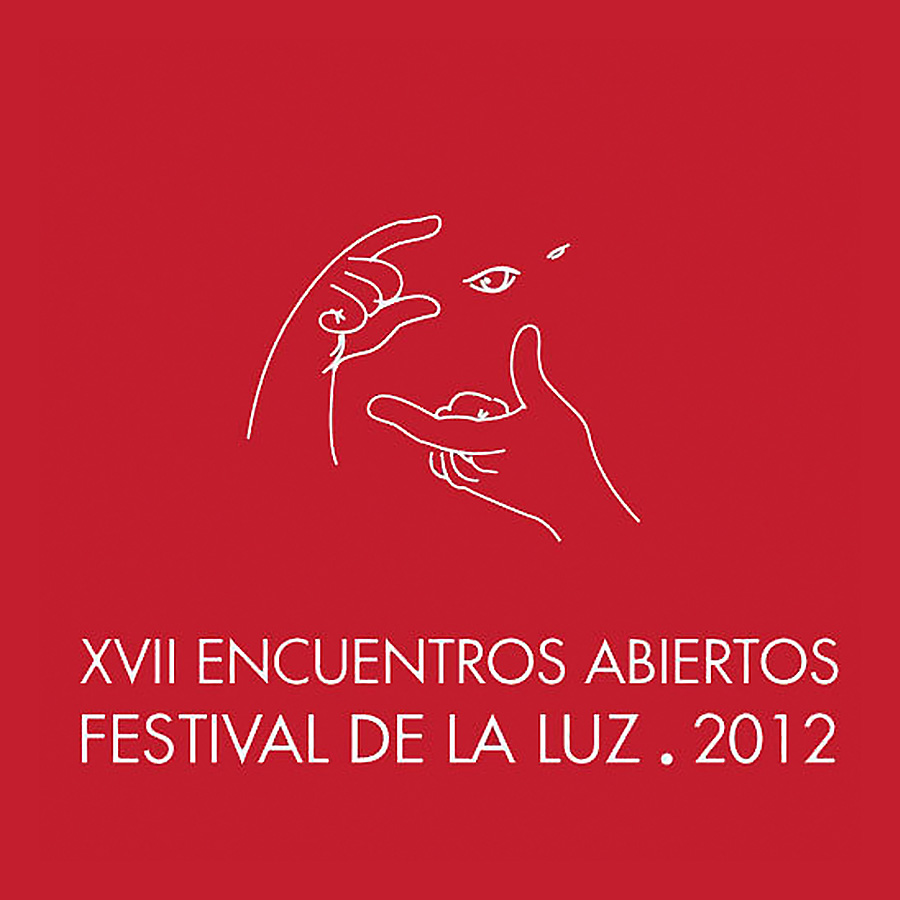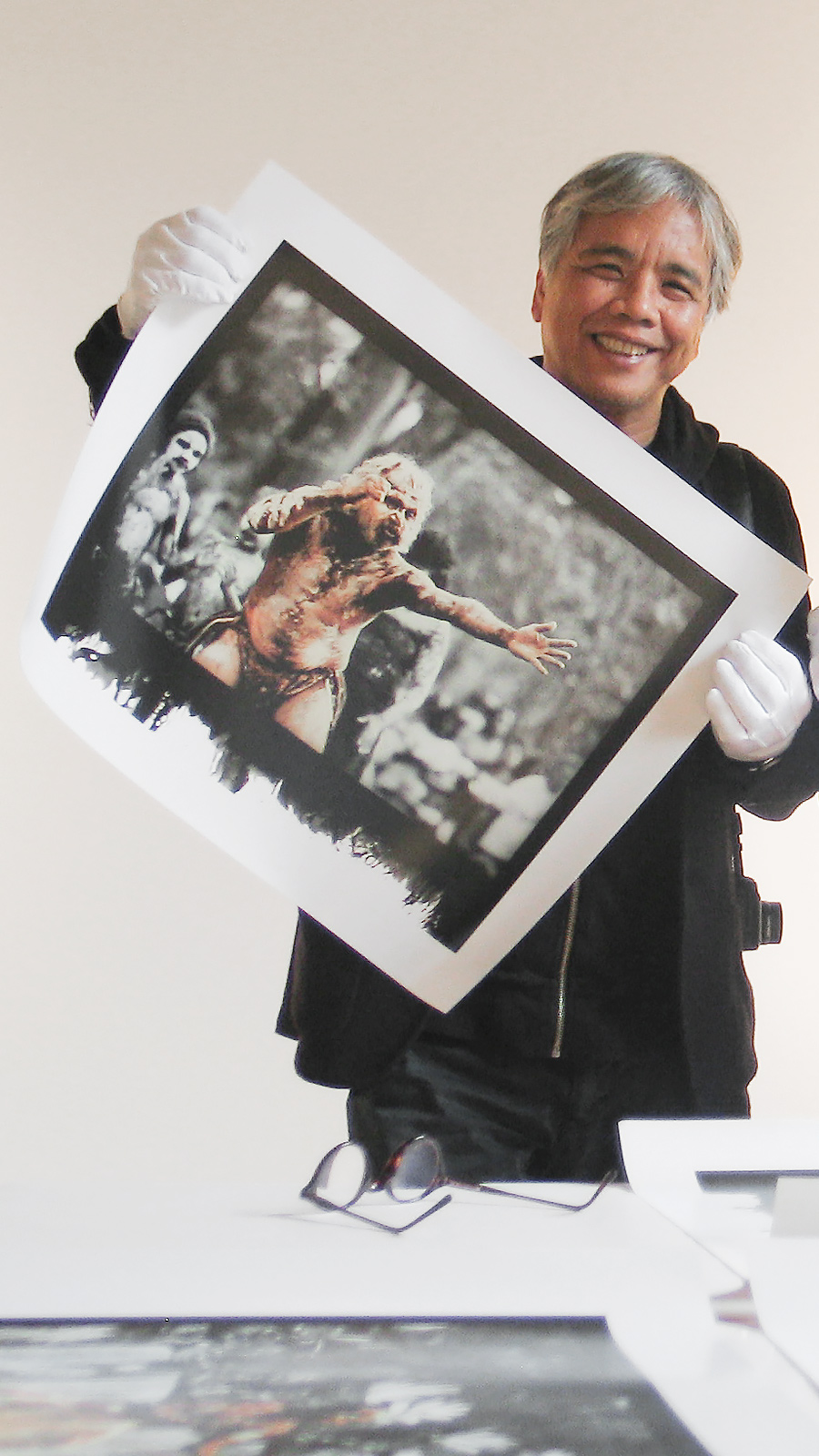Activities
Exhibitions
All Blood and Guts
Erika Diettes
07.08.12 21.09.12
AT THE POINT OF BLOOD (by Christian Padilla)
There are places in our geography where animals that incarnated death are now symbols of sad hope. In numerous places in Colombia, enforced disappearances end in rivers, symbols of the life and wealth of our country. The corpses float from time to time on the shores and people come before the siege of the pimps, becoming determined allies when indicating when a missing person has appeared, unfortunately dead. That hope that is afraid of mourners in the presence of black birds is an ambiguous emotion because those who watch over their disappeared sometimes prefer the fatal news to uncertainty. The truth is, that after they identify the corpses belonging to their loved ones, they wish they had never found out. Birds of bad omen.
A point of blood is a work that makes us reflect on that image represented in the anachronistic national coat of arms, where no other bird but the pimp deserves the privilege of roosting, dominating the land of fertility, wealth and a channel already lost. A bird that has received the unfortunate fate of being the bearer of obituaries and the personification of death in a territory where crime is daily news.
With her work, Erika Diettes brings us closer to a drama that many of us experience only as distant spectators: the daily disappearance of people. The subject is not new from the artist’s perspective, but in the case of Diettes there is, as always, a previous investigation that brings her closer to the conflict and its victims to hear from them the other version, the one that does not appear in the news, which is not just a short distinction before the entertainment notes. The general indifference generated by these reporter approaches is the excuse for this artist to seek to make monumentally evident a real situation that can only be denounced in the opposite sense. If the cries for help are always directed towards the center of the country in order to seek for official help, from the historical place that symbolizes the power of a nation is to allude to its history. Colombia has built a blood point and our defense mechanism to survive has been to deny the facts, to be suitably credulous to what we want to believe, to voluntarily ignore our history.
Erika Diettes’ photography does not cease to be what it originally raises as an image: a portrait because it is loaded with a complaint. The disconsolate face of a woman and her counterpart, the expressionless pimp, meet their expectant glances in the river water, where they move for different reasons have an unfortunate encounter in search of the same purpose. Bathed the images in a dark aura of mourning, we became in its magnitude in forced spectators of an event in which three faces try to momentarily take us out of our indifference from the diversity of the Plaza de Bolívar, where our history began to be written.
Christian Padilla
Researcher and art historian
National Award for Colombian Art History Essay 2007
Related artists
